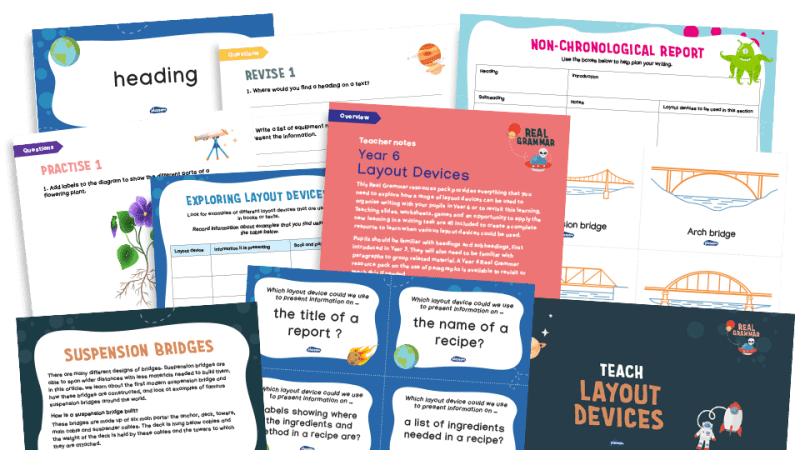How to build a powerful English curriculum

Crafting a powerful English curriculum can be hard, notes Zoe Enser – but with proper planning and consideration of the right areas, everyone can enjoy the ride…

- by Zoe Enser

Following a recent shift in focus towards curriculum, the ‘what’ we are teaching is now higher on an agenda previously dominated by the ‘how’.
While many will have spent years thinking about their curriculum design, many others will be encountering this as relatively uncharted territory.
Building a powerful curriculum can be both exciting and time consuming. It takes serious thought, discussion, debate, evaluation and review, which means it won’t happen overnight (and nor should it).
Here, then, are four steps you and your teams can follow to ensure you’re developing a powerful curriculum that suits your cohorts.
1 | Consider its purpose
What’s the aim of the curriculum you’re providing? Which model of education is it based upon? Is it a utilitarian approach, focusing on procedural knowledge or skills that enable students to do things in a practical sense? Or is it focused more on acquiring a range of substantive knowledge that students will take forward in their later studies?
Consider also where the purpose of your curriculum fits within the context of your school and its overall sense of purpose. The differences in schools are subtle, but worth exploring in relation to the overall vision as you start to build.
2 | Concentrate on what really matters
Once you and your team have clarity on its purpose and overall structure, it’s time to think about what to include.
English is both a curriculum blessing and curse, as there are myriad options you could potentially include. Think carefully about how influential the texts you’re considering have been, and how they’ll enrich or expand the students’ knowledge.
It’s also worth considering whether texts will provide stepping stones to students’ later studies and skills. Are we equipping them for KS4, KS5, undergraduate and beyond with our choices?
3 | Think about structure and sequence
Next, how you will structure this? Will you go for a spiralling curriculum, returning to key concepts each year and deepening their understanding over time?
Or will you aim for a ‘T’ model – strong base laid down in Year 7, frontloading of information, followed by increasing depth of understanding over time? Spiral curriculums are popular, but it’s worth considering other approaches too.
The choice of whether you’re going to work chronologically, generically or conceptually is also an important consideration at this stage, and you’ll need to decide how you intend to build on prior knowledge and skills from previous years or KS2. Which brings us to…
4 | Progression
Core texts provide a basis for increasing complexity and a focus for progression through substantive knowledge. Last year the students knew one Shakespeare text, for example – now they know two and can begin looking for patterns.
However, it’s important that they not only know lots of things, but that those things empower them to do more. When plotting a curriculum, explore what students will be able to do better as a result of each step in their learning.
Can they confidently use embedded quotations in essays? Produce their own texts in a style emulating an author or genre they’ve studied? Articulate their ideas orally, as well as in writing?
Check whether what you’ll see in a Y9 book will show how your students have moved on since the start of their time with you, and look at how you might track this.
Zoe Enser is a specialist advisor for English at The Education People; for more information, visit theeducationpeople.org or follow @greeborunner.










